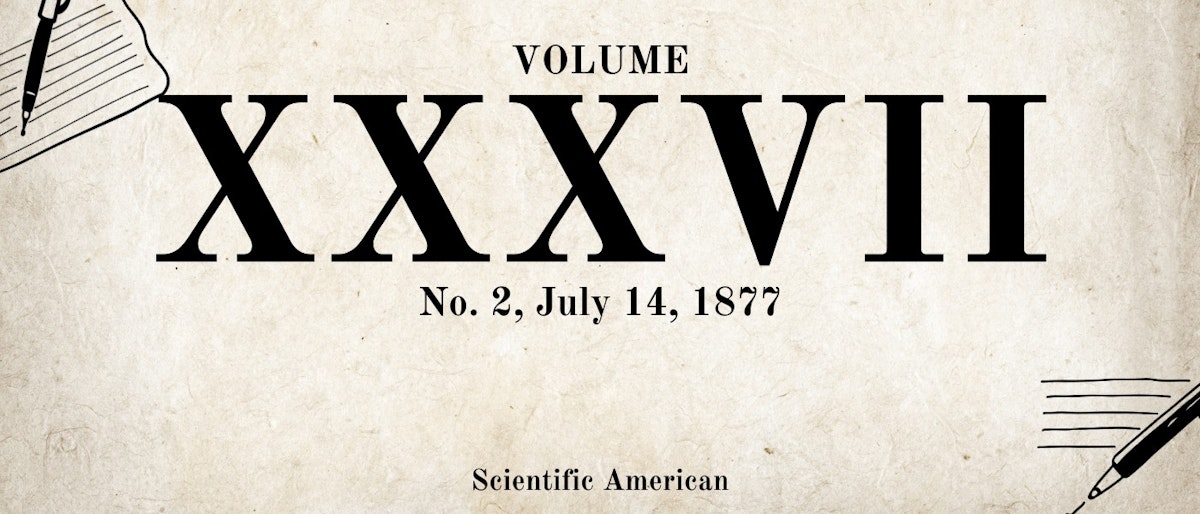
Too Long; Didn't Read
In order to render copper plates which are used in printing more durable, they can be covered with an electrolytic deposit of iron which possesses an unusual degree of hardness almost superior to steel. The salt usually employed has been the double sulphate of iron and ammonia. Professor Böttger, who first invented this process, has recently devised an improvement in the bath employed. He dissolves 10 parts of ferrocyanide of potassium (yellow prussiate of potash) and 20 parts of the double tartrate of soda and potash (Rochelle salts) in 200 parts of water, and to this he adds 3 parts of persulphate of iron dissolved in 50 parts of water. A large precipitate of Prussian blue is formed. To the whole is added, drop by drop, with constant stirring, a solution of caustic soda until the blue precipitate entirely disappears, leaving a perfectly clear, light yellow liquid, which is now ready for use.


@scientificamerican
Scientific American
Oldest US science mag (est. 1845). Features contributions from Einstein, Tesla & 150+ Nobel laureates.
Receive Stories from @scientificamerican

RELATED STORIES





L O A D I N G
. . . comments & more!
如有侵权请联系:admin#unsafe.sh
